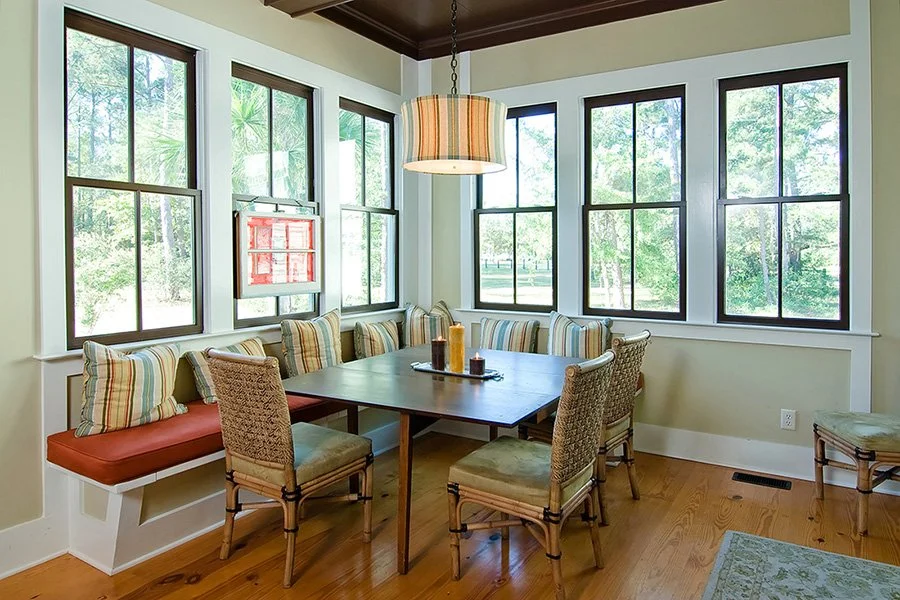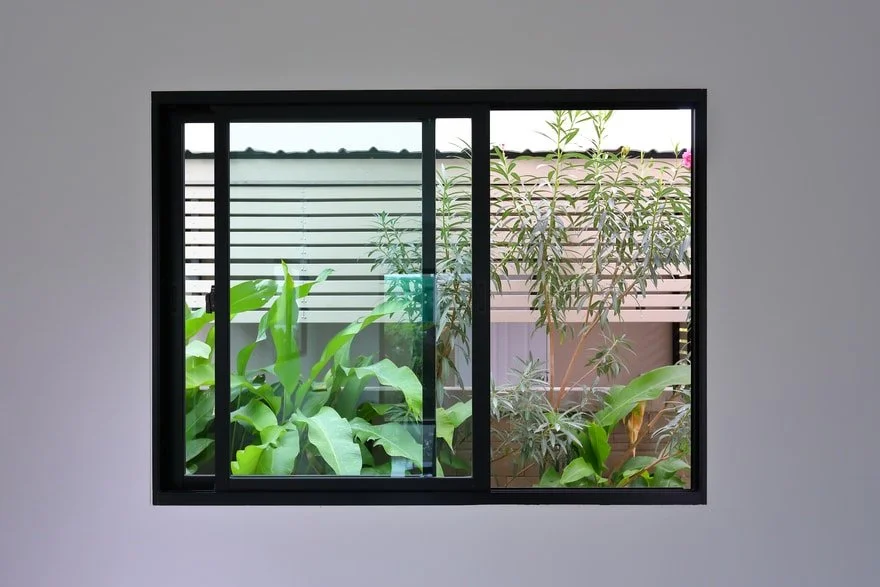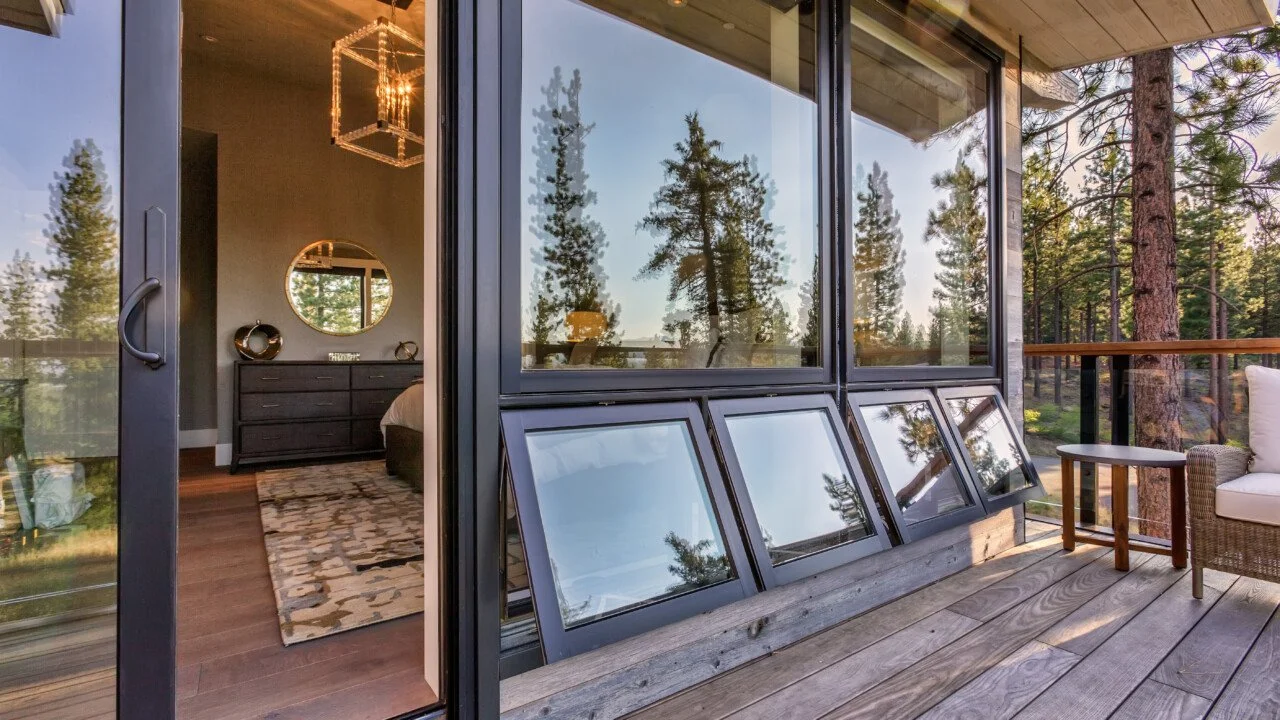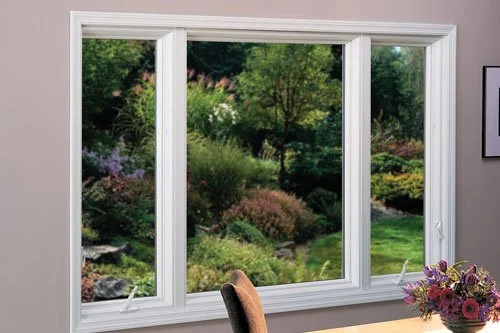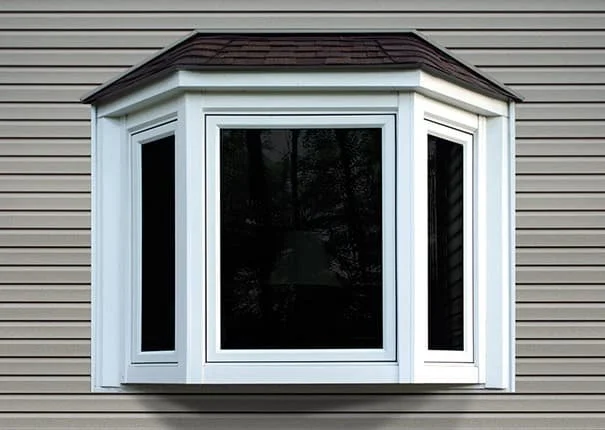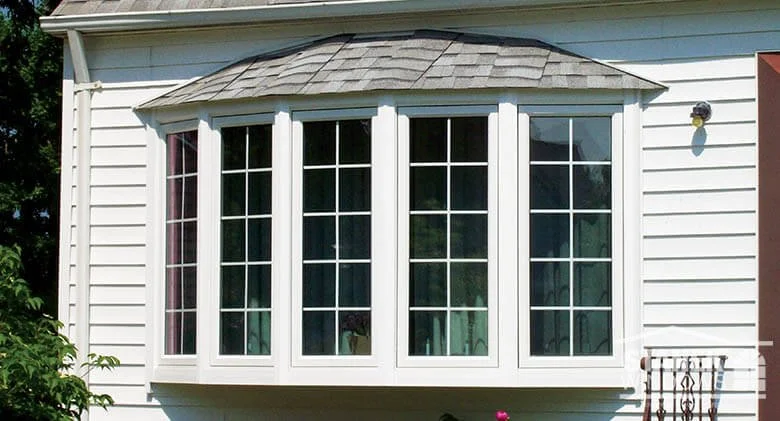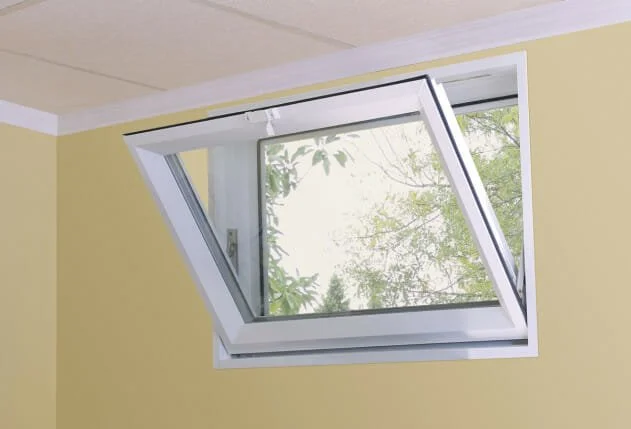Choosing the Right Window for Every Room in Your House
Windows are like the eyes of your home, letting in natural light, fresh air, and beautiful views. But with so many styles and features available, choosing the right ones for each room can feel overwhelming. Fear not! This guide will help you select the perfect window for every space in your house.
Double Hung Windows
A double-hung window is a classic window style featuring two vertically sliding sashes. Both the top and bottom sashes can be opened, offering versatile ventilation options and easy cleaning.
How Do They Work?
Vertical Sliding: Each sash slides up and down within the window frame, allowing you to control the amount of open space.
Top and Bottom Ventilation: The ability to open both the top and bottom sashes provides flexibility in airflow management. You can open the top sash for ventilation while keeping the bottom closed, or vice versa. This is particularly useful for homes with pets or small children.
Easy Cleaning: Both sashes can tilt inward for convenient cleaning, allowing you to reach both sides of the window from inside your home.
Double-hung windows offer a balance of style and functionality, making them a popular choice for many homeowners. Their versatility, combined with their classic appearance, contributes to their enduring appeal.
Slider Windows
Slider windows are a popular choice for homeowners seeking a contemporary look and easy operation. Unlike double-hung windows, which open vertically, slider windows open horizontally.
How Do They Work?
Horizontal Movement: Slider windows feature two panels: one fixed and one operable.
The operable panel slides horizontally along a track within the window frame.
Easy Operation: The sliding mechanism allows for smooth and effortless opening and closing, making them a user-friendly option.
Space-Saving Design: Slider windows don't require additional space to swing open like casement or double-hung windows, making them ideal for tight spaces.
Slider windows offer a clean, modern aesthetic and are often used in conjunction with large glass panes to maximize natural light and views. Sliding windows work well above the kitchen sink or in any room where ventilation is important. Horizontal sliding windows are perfect by themselves or paired with picture windows.
Casement and Awning Windows
Casement and awning windows are popular choices for homeowners seeking optimal ventilation and natural light. While they share similarities, they also have distinct characteristics.
Casement Windows
Casement windows are hinged on one side and open outward like a door. They are operated by a crank mechanism that allows you to control the opening angle. Casement windows offer excellent ventilation due to their wide opening and ability to capture prevailing winds. They are often preferred in areas with limited space, as they don't require additional room to swing open like double-hung windows.
Awning Widows
Awning windows are hinged at the top and open outward, creating a shaded awning effect when open. This design allows for ventilation while providing protection from rain. Awning windows are frequently used in combination with other window styles, such as double-hung or casement windows, to maximize ventilation and natural light.
Key Differences:
Hinge Placement: Casement windows hinge on the side, while awning windows hinge at the top.
Opening Direction: Casement windows open outward to the side, while awning windows open outward and up.
Ventilation: Both types offer excellent ventilation, but awning windows provide additional protection from the elements when open.
Both casement and awning windows offer a modern and stylish look, and they are often combined to create unique and functional window configurations.
Picture Windows
A picture window is a large, fixed window designed to offer an expansive view of the outdoors. It's a popular choice for homeowners seeking to bring natural light and scenic beauty into their living spaces.
How They Operate:
Picture windows are non-operable, meaning they don't open. They are designed to provide a clear, uninterrupted view of the outside world. Their primary function is to let in natural light and frame the scenery.
Where They Shine:
Picture windows are ideal for locations with stunning vistas, such as mountain ranges, lakes, forests, or city skylines. They can also be used to create a sense of spaciousness in smaller rooms by visually expanding the space.
Bay Windows
A bay window is a delightful architectural feature that extends outward from a home's exterior wall, creating a cozy nook within the room. It typically consists of three windows: a large, fixed center window flanked by two angled side windows that project outward.
How They Operate:
Fixed Center: The middle window is typically fixed, offering a panoramic view without the ability to open.
Operable Sides: The two side windows are often operable, allowing for ventilation and fresh air. These side windows can be double-hung, casement, or a combination of both styles.
Seating Area: The protruding design often creates a built-in seating area, perfect for reading, relaxing, or enjoying the view.
Bay windows offer a charming aesthetic and increased natural light, making them a popular choice for homeowners seeking to enhance their living space.
Bow Windows
A bow window is a graceful architectural feature that extends outward from a home's exterior wall in a gentle curve. Unlike bay windows, which have a distinct angular shape, bow windows create a softer, more flowing appearance.
How They Operate:
Multiple Panels: A bow window typically consists of four or more individual windows, arranged in a curved formation.
Operable Options: The windows within a bow can be fixed, double-hung, or casement, offering various configurations to suit your preferences and needs.
Ventilation: Operable windows within the bow allow for fresh air circulation and ventilation.
Bow windows offer a broader field of view compared to bay windows, bringing in maximum natural light and creating a spacious feel within the room. They are often used to enhance the aesthetic appeal of a home and provide a comfortable seating area.
Hopper Windows
Hopper windows are a type of window that opens inward from the bottom, like a trap door.
They are typically installed in basements, bathrooms, and other lower-level areas.
How Hopper Windows Operate:
Inward Opening: Hopper windows hinge at the bottom and open upward, allowing for ventilation while protecting against rain and wind.
Security: The inward-opening design enhances security, as it makes forced entry more difficult.
Ventilation: While not offering the same level of ventilation as casement or double-hung windows, hopper windows provide adequate airflow for most spaces.
Hopper windows are often used in combination with other window types to create a balanced ventilation system throughout a home. They are known for their simplicity and durability.
Garden Windows
A garden window is a unique architectural feature that extends outward from your home's exterior wall, creating a small, enclosed space filled with natural light. It's more than just a window; it's a mini-greenhouse that brings the outdoors in.
How Garden Windows Operate:
Structure: Garden windows typically have a box-like shape with multiple panes of glass. They often include shelves or a seating area to maximize their functionality.
Ventilation: Many garden windows have operable sashes, usually casement or double-hung style, to allow for ventilation and fresh air circulation.
Orientation: Due to their design, garden windows are best placed on south or west-facing walls to maximize sunlight exposure.
Garden windows offer a delightful space to cultivate small plants, herbs, or even create a miniature indoor garden.
Architectural Shape Windows
Architectural shape windows, also known as special shape or custom windows, are a departure from the traditional rectangular or square designs. These windows offer a unique opportunity to add character and style to your home.
How Do They Operate:
While the primary function of architectural shape windows is to enhance a home's aesthetic appeal, they can also serve functional purposes. Many are fixed windows, meaning they don't open, and are designed to maximize natural light and offer expansive views. However, depending on the design and size, some architectural shape windows can incorporate operable elements, such as casement or fixed sashes, for ventilation.
Popular Architectural Window Shapes:
Arched Windows: These classic windows create a graceful and elegant look. They can be combined with rectangular windows to form a visually appealing composition.
Circular or Octagonal Windows: These geometric shapes add a touch of whimsy and drama to a home's exterior.
Custom Shapes: With advancements in window manufacturing, homeowners can now create truly unique window shapes to match their individual style and architectural preferences.
Architectural shape windows are a statement piece that can transform the look of your home. They offer endless possibilities for customization and can be incorporated into various architectural styles.

